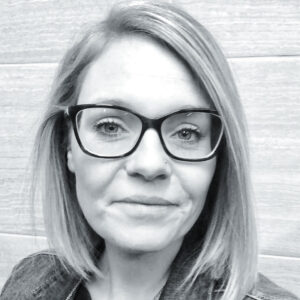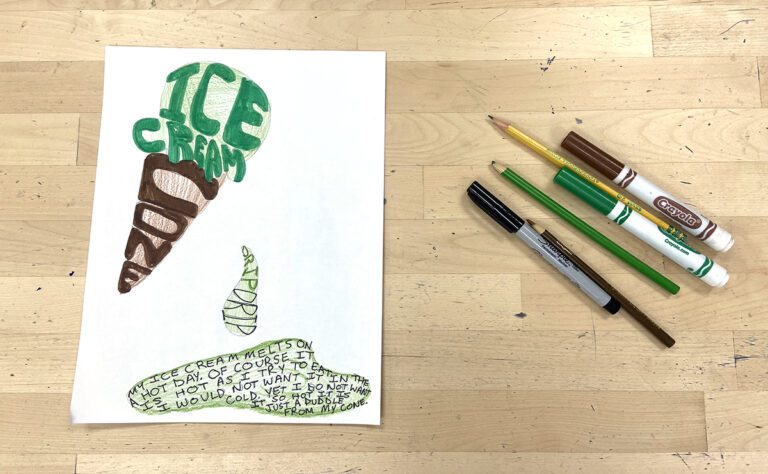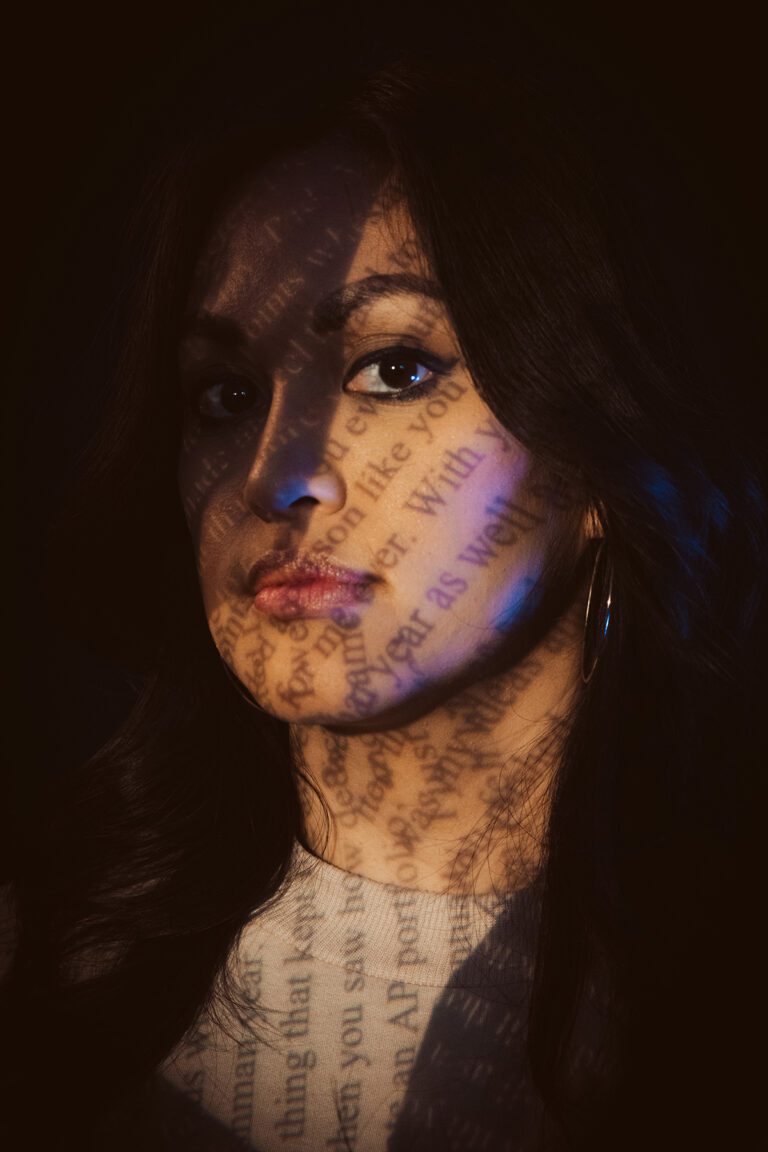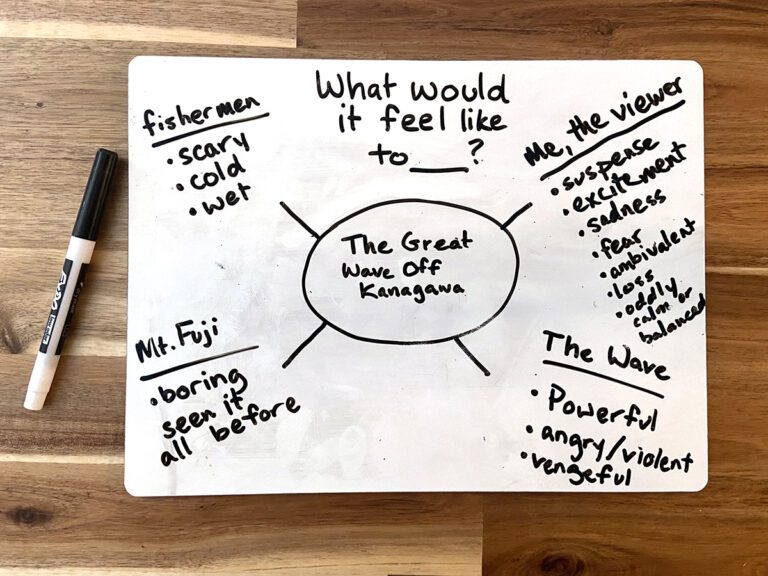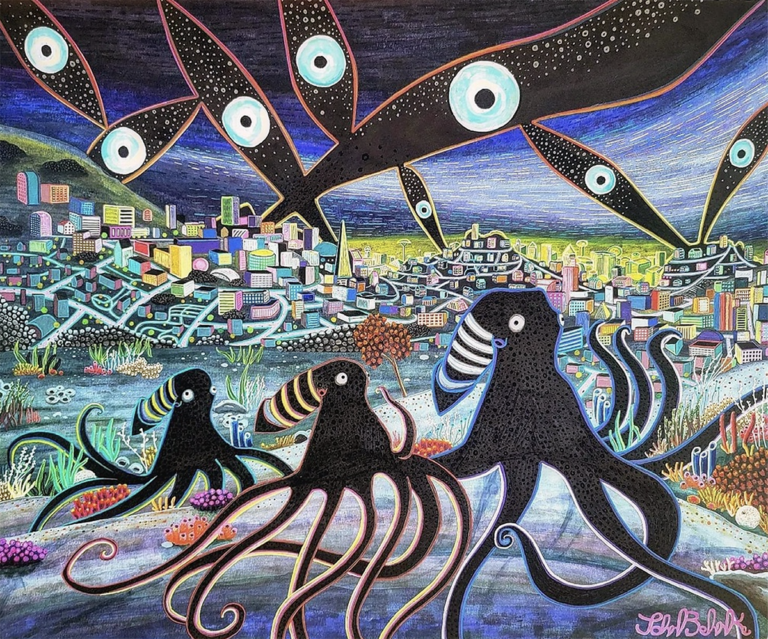Trying to sneak vegetables into my son’s diet is like trying to sneak art history into my visual arts curriculum. Sometimes it’s not as easy as it seems, and he gets bored of the same old vegetable, much like my students get bored when I teach art history the same way. Therefore, I frequently try to find new, unique, and hidden ways to incorporate more art history into my curriculum. The more art history the better.
A couple of years ago, I needed a lesson or activity to use on the last day of the quarter. If you’re like me, you prefer the last day of art class to be as stress and mess free as possible. I wanted the activity to include art history and to be fun for my students.
I browsed the internet and my art supply catalogs for ideas.
After finding an art BINGO game that was out of my budget, it occurred to me, I should make my own BINGO set! So that’s exactly what I did.
First, I created a blank BINGO sheet using Microsoft Excel.
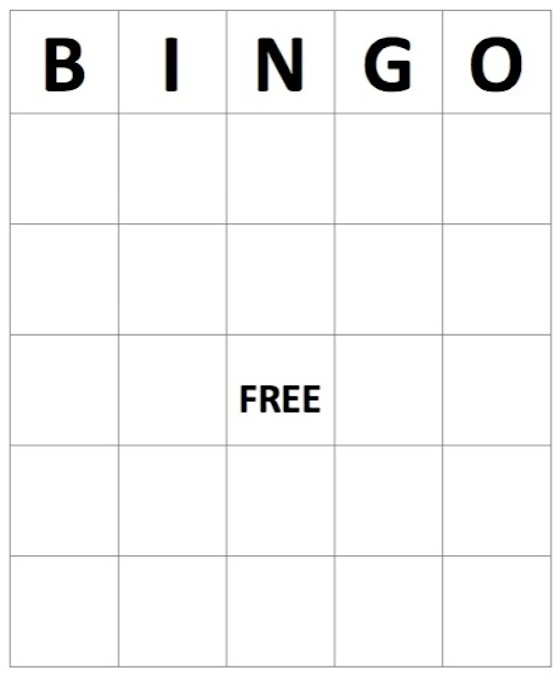
On a separate spreadsheet, I pasted images of famous works of art with the artists names below.
This second spreadsheet served as the bank of images used for the blank BINGO cards. (If you decided to try this, be sure to include extra images so the games last a little longer. I had a bank of 48 different images.)
I created a few examples and then I handed the project over to a couple of my students.
They copied and pasted the images randomly into the blank BINGO spreadsheet and created a classroom set of 30 Art History BINGO cards. Here is one example.
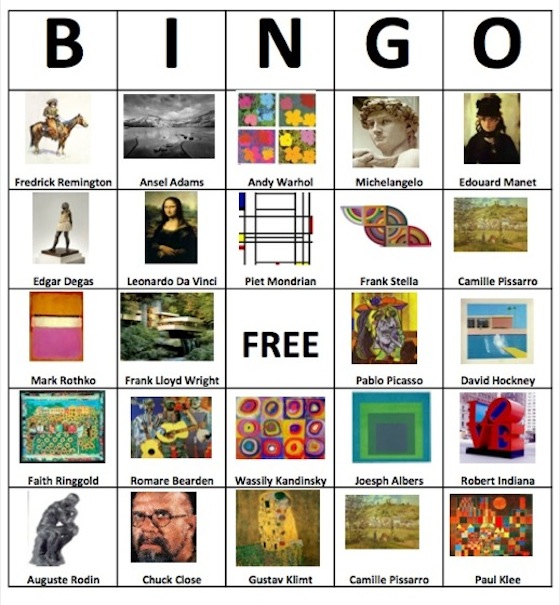
The best part about this project is that now since I have the blank template created, I can create a variety of art themed BINGO games!
If you’d like, you can download a free BINGO template right here!
What are your favorite activities or games to use to teach art history?
What kind of BINGO would you create for your classroom?
Magazine articles and podcasts are opinions of professional education contributors and do not necessarily represent the position of the Art of Education University (AOEU) or its academic offerings. Contributors use terms in the way they are most often talked about in the scope of their educational experiences.
